De Cabral a George Floyd: Onde Arde o Fogo Sagrado da Liberdade (2020)
• September 11th, 2020 • 2h 12min
Documentary
Overview
Through clippings, the film draws a narrative line between the construction of racism in Brazil and the United States, having as base the European invasion of the continent, police violence, the genocide of the black people, the massacre of indigenous peoples, religious violence, the criminalization of funk music, structural racism in art and education, the importance of quota policy and the need urgent historical repair as a commitment by the Brazilian state to the black people.
Make sure to check your pop-up blocker!!
Trailer
Similar Movies
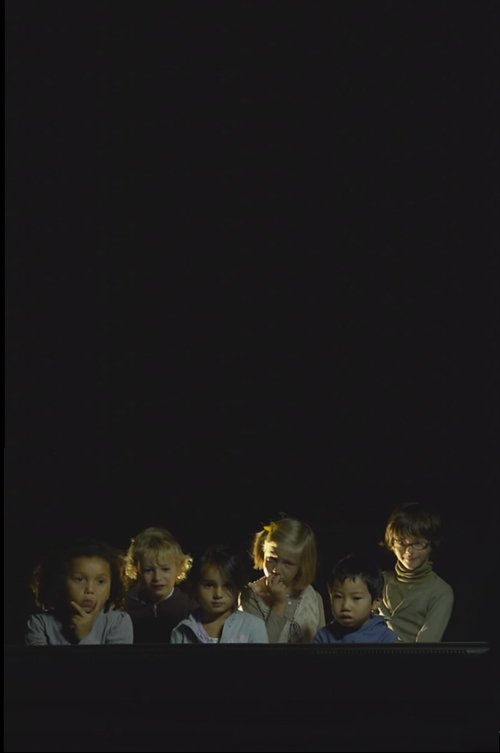
Le Temps de cerveau disponible
Released on: 2010-03-17
Documentary
Cruelty, psychological and sexual violence, humiliations: reality television seems to have gone mad....

Malartic
Released on: 2024-02-28
Documentary, Drama
Ten years after an enormous open-pit gold mine began operations in Malartic, the hoped-for economic ...

Twenty Two
Released on: 2017-08-14
History, Documentary
Follow the lives of the elderly survivors who were forced into sex slavery as “Comfort Women” by the...

Salty Dog Blues
Released on: 2012-01-01
Documentary
The film looks at men and women of color in the U.S. Merchant Marine from 1938-1975. Through chronic...

Oachkatzlschwoaf
Released on:
Documentary
Words are loaded with meaning. Certain ones conjure joyful memories and others remind us of less hap...

What Killed the Roman Empire?
Released on: 2022-11-19
Documentary, History, TV Movie
Why did the Roman Empire, which dominated Europe and the Mediterranean for five centuries, inexorabl...
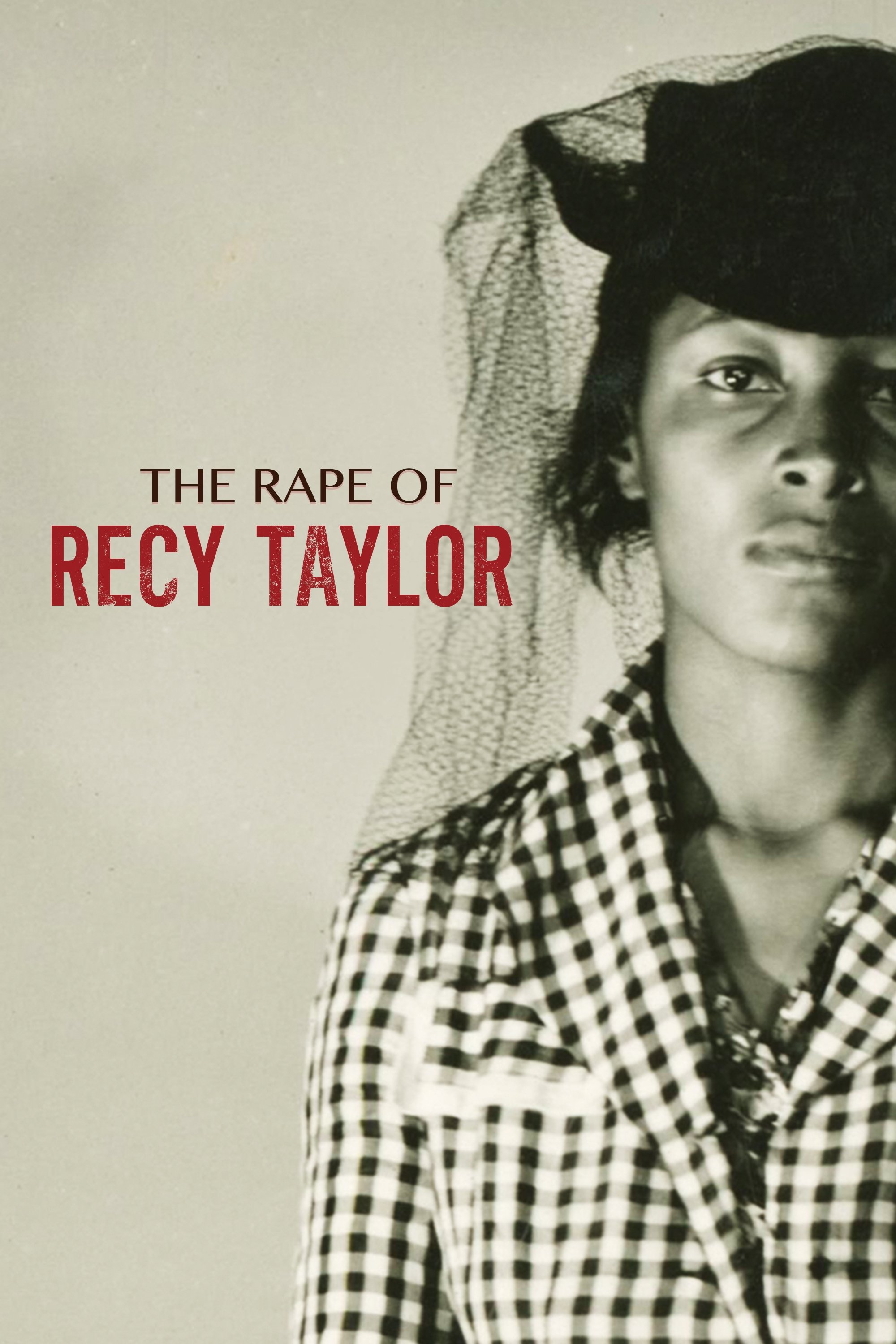
The Rape of Recy Taylor
Released on: 2019-05-30
Documentary
Recy Taylor, a 24-year-old black mother and sharecropper, was gang raped by six white boys in 1944 A...

VHS Revolution
Released on: 2017-08-28
Documentary, History
Using testimonies by pioneers and witnesses of the times, delve into the feverish visual culture the...
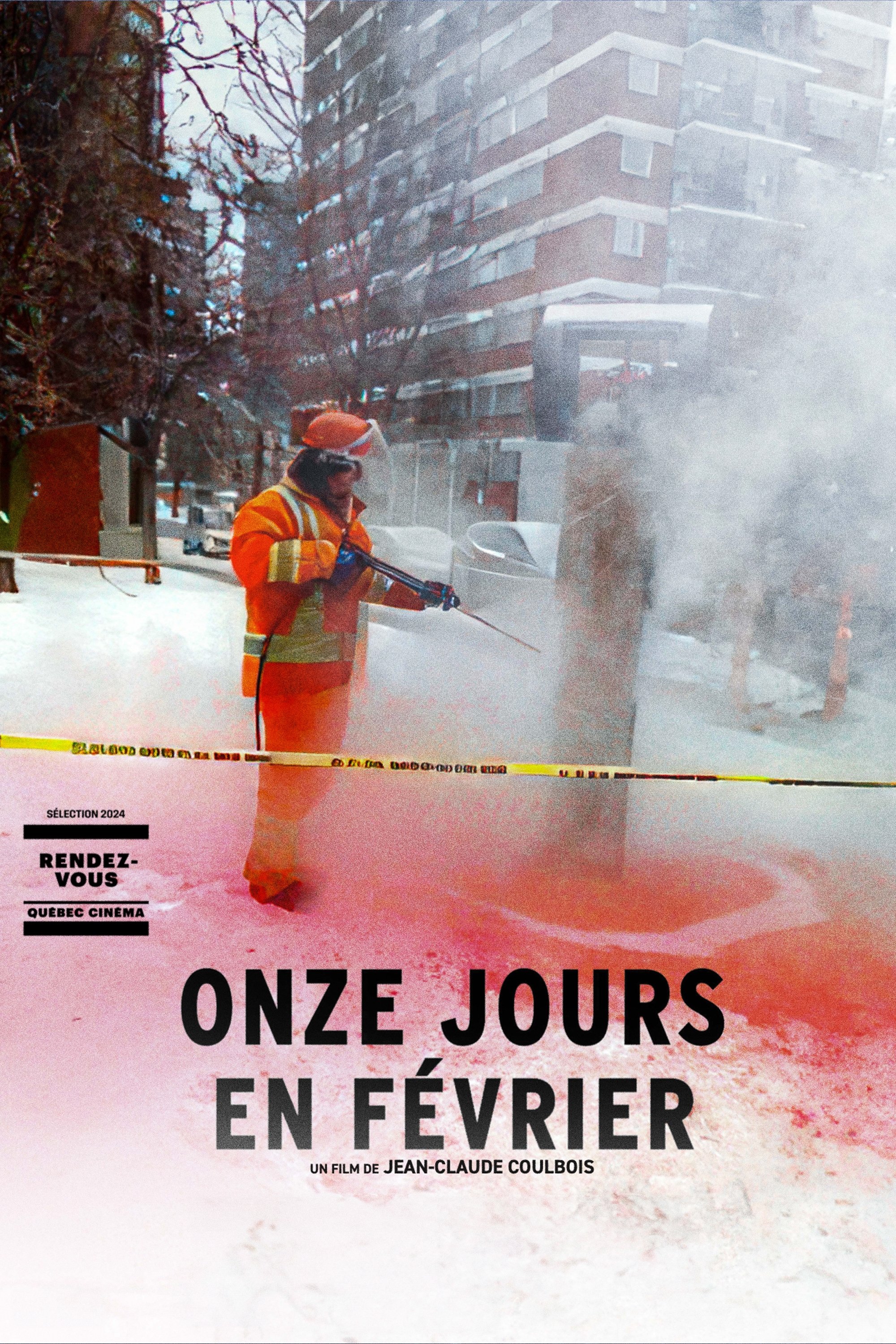
Fog in February
Released on: 2024-03-29
Documentary, History
On the eve of the publication of a biography of Claude Jutra, one of the most famous and celebrated ...

Meeting David Wilson
Released on: 2008-06-01
Documentary
African American filmmaker David A. Wilson decided to look into his family's history during the slav...
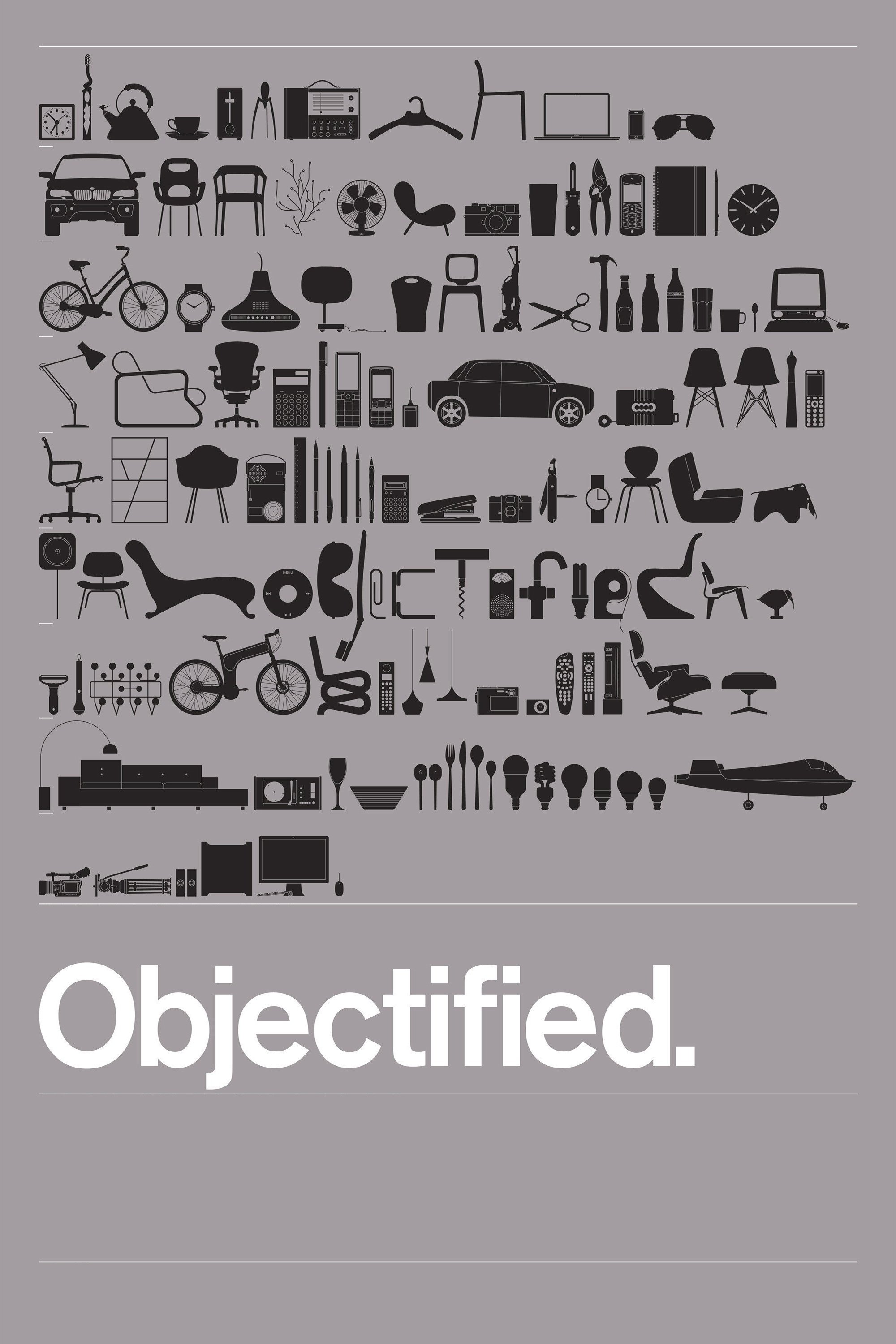
Objectified
Released on: 2009-05-22
Documentary
A feature-length documentary about our complex relationship with manufactured objects and, by extens...
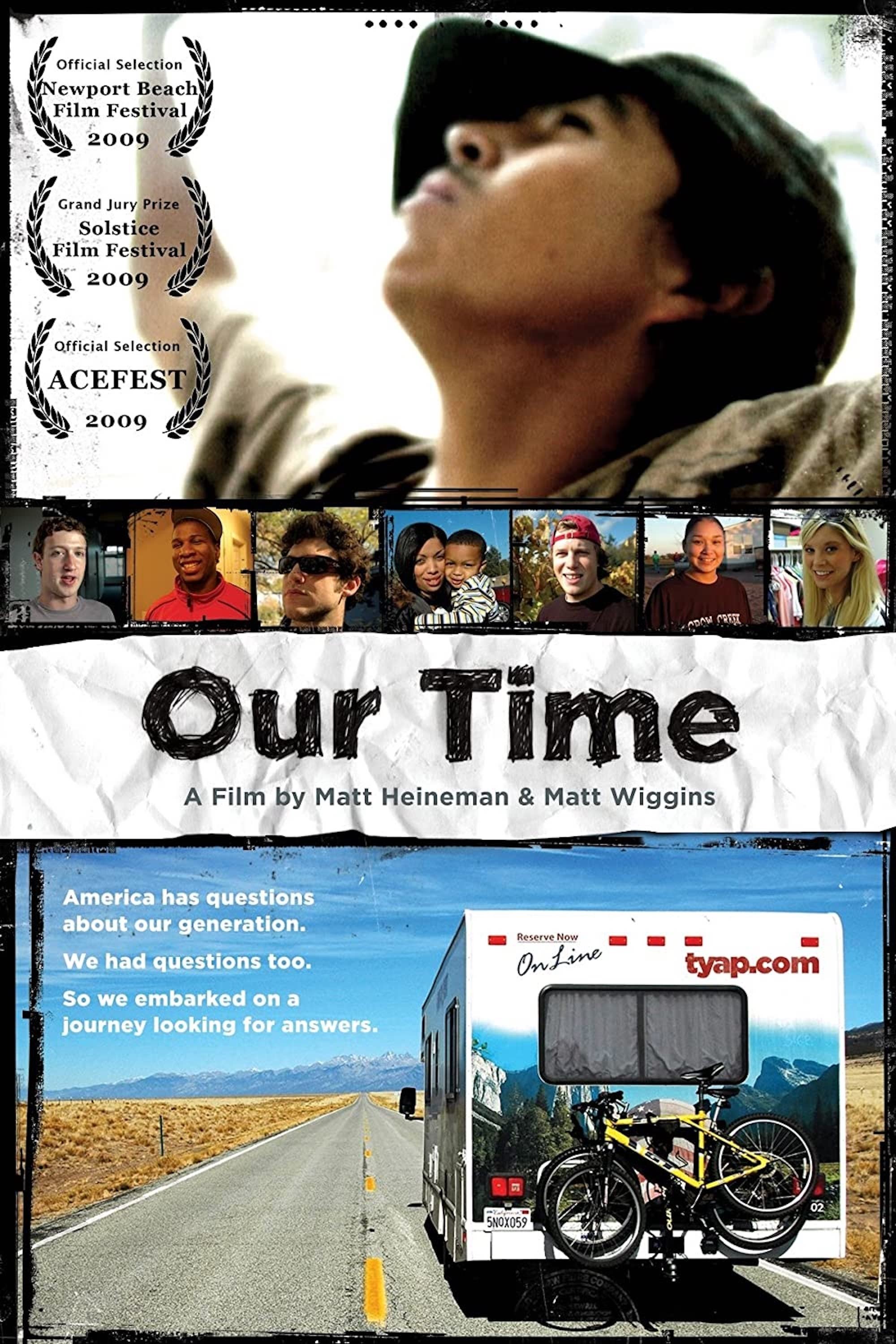
Our Time
Released on: 2009-04-02
Documentary
America has questions about today's youth, what we care about, and where we're headed. We had those ...

Elon Musk’s Twitter Takeover
Released on: 2023-10-10
Documentary, TV Movie
Compulsive Twitterer, Elon Musk bought himself his favorite social network in 2022, and brutally sha...
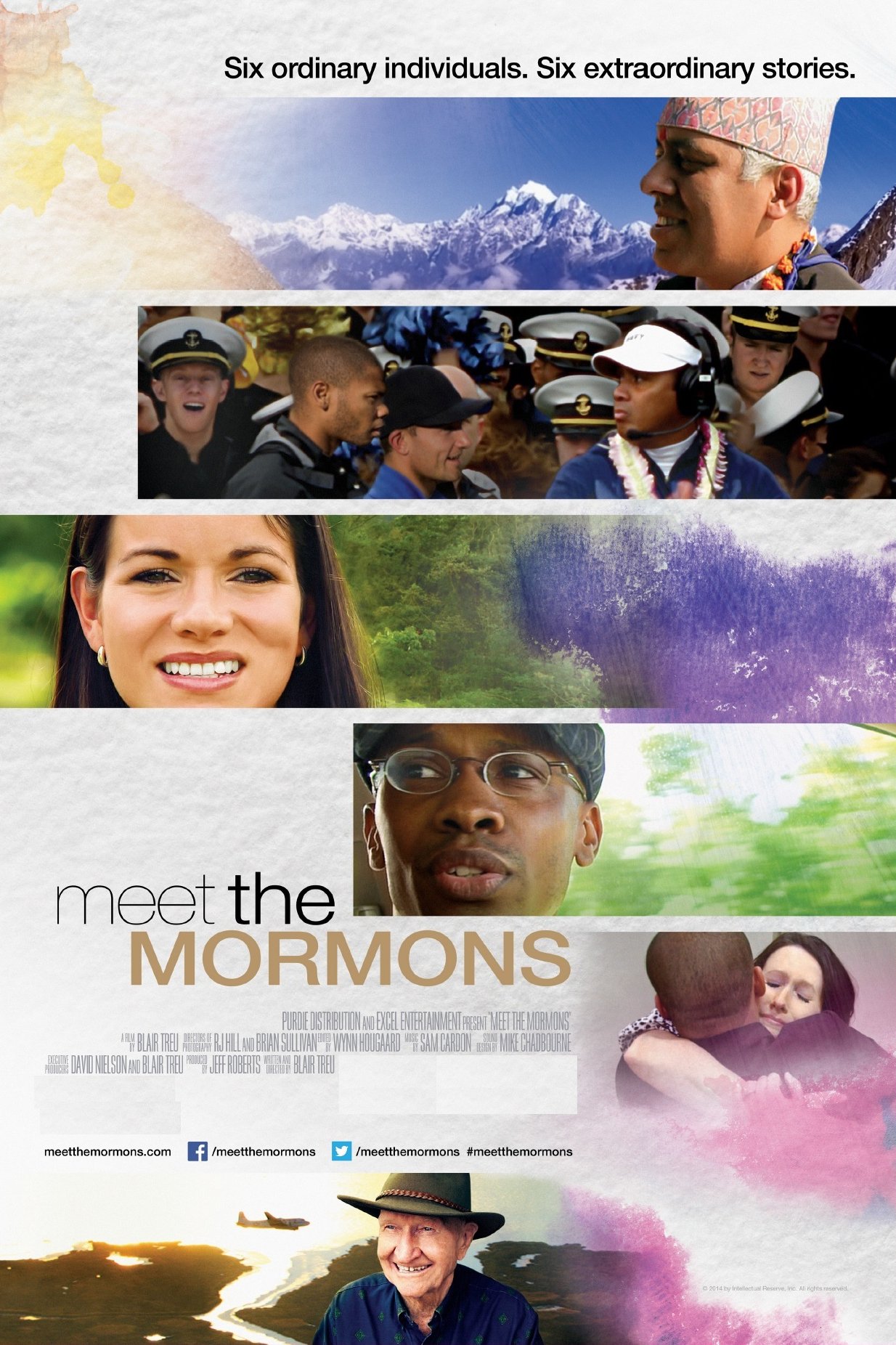
Meet the Mormons
Released on: 2014-10-10
Family, Documentary
Meet the Mormons examines the very diverse lives of six devout Mormons. Filmed on location and acros...

Joe Louis: America's Hero Betrayed
Released on: 2008-02-23
Documentary
An American story. Traces the career of Joe Louis (1914-1981) within the context of American racial ...
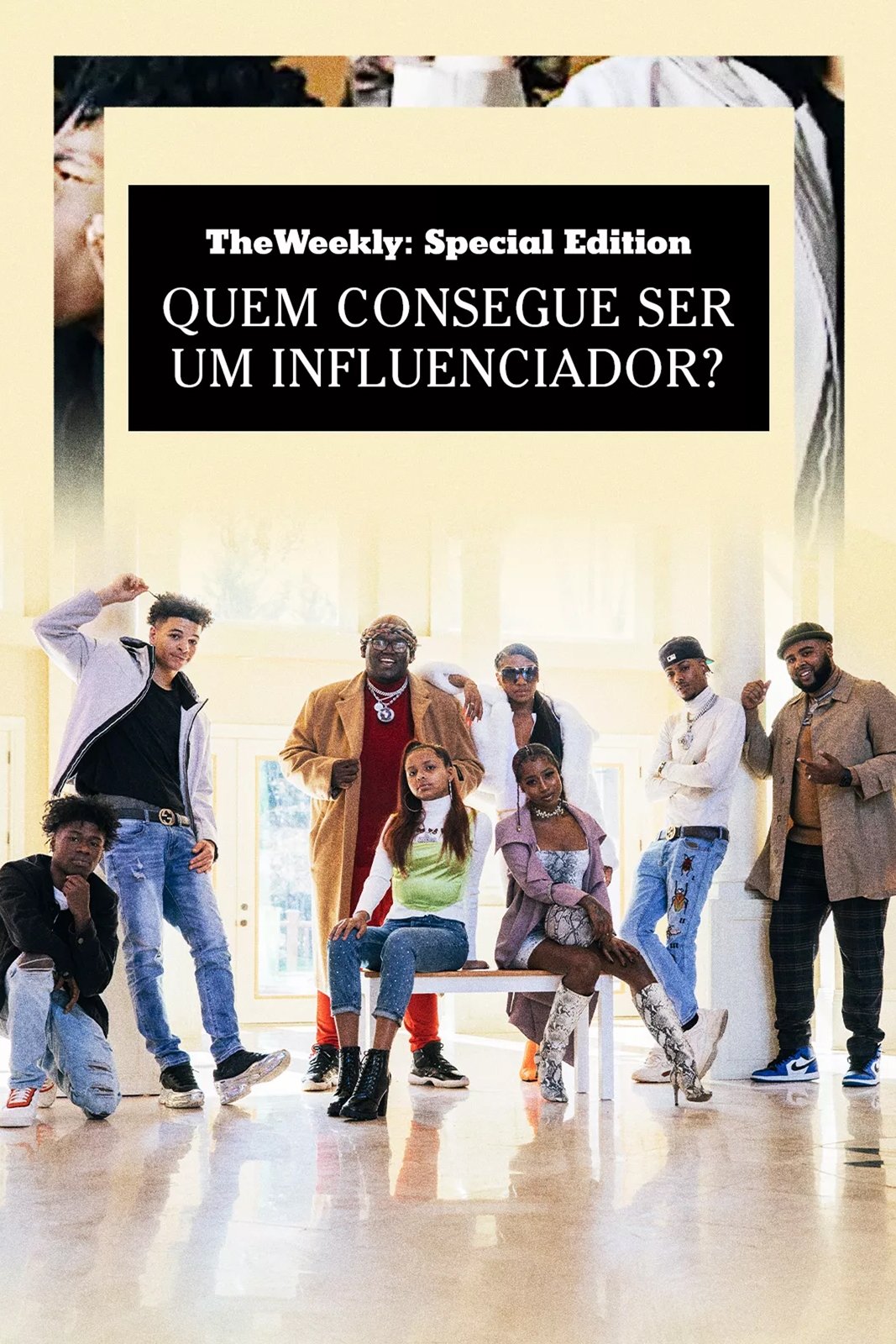
Who Gets To Be an Influencer?
Released on: 2021-06-04
Documentary
Chronicles the rise of Collab Crib, one of the first mainstream Black creator mansion, exclusively d...
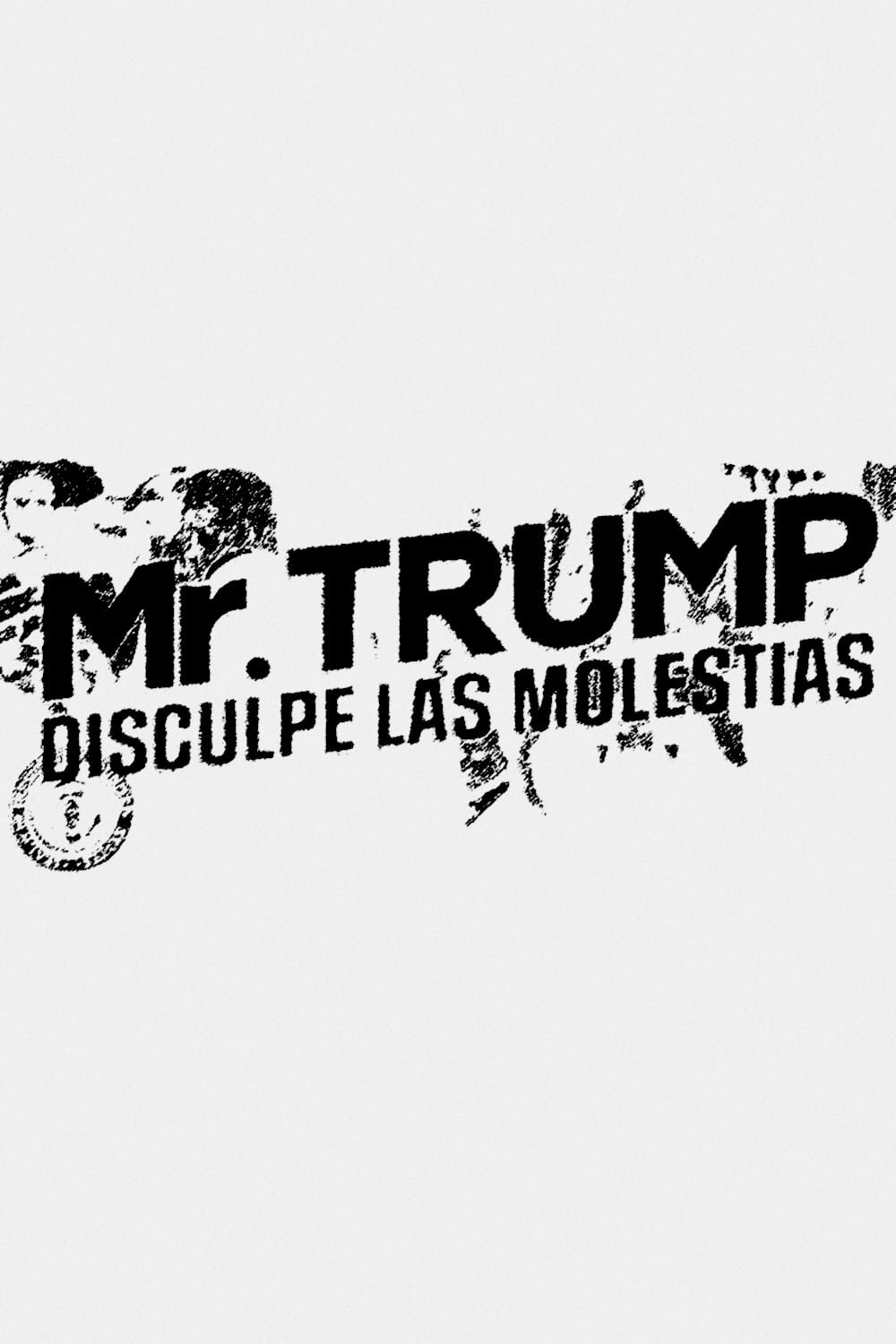
Mr. Trump, Pardon the Interruption
Released on: 2019-09-29
Documentary, TV Movie
An analysis of the impact on the United States Latino community of immigration policies promoted by ...

When My Knife Strikes You
Released on: 1968-01-01
Documentary
Shot in various villages throughout Yugoslavia, this is a disturbing document of a time when people ...
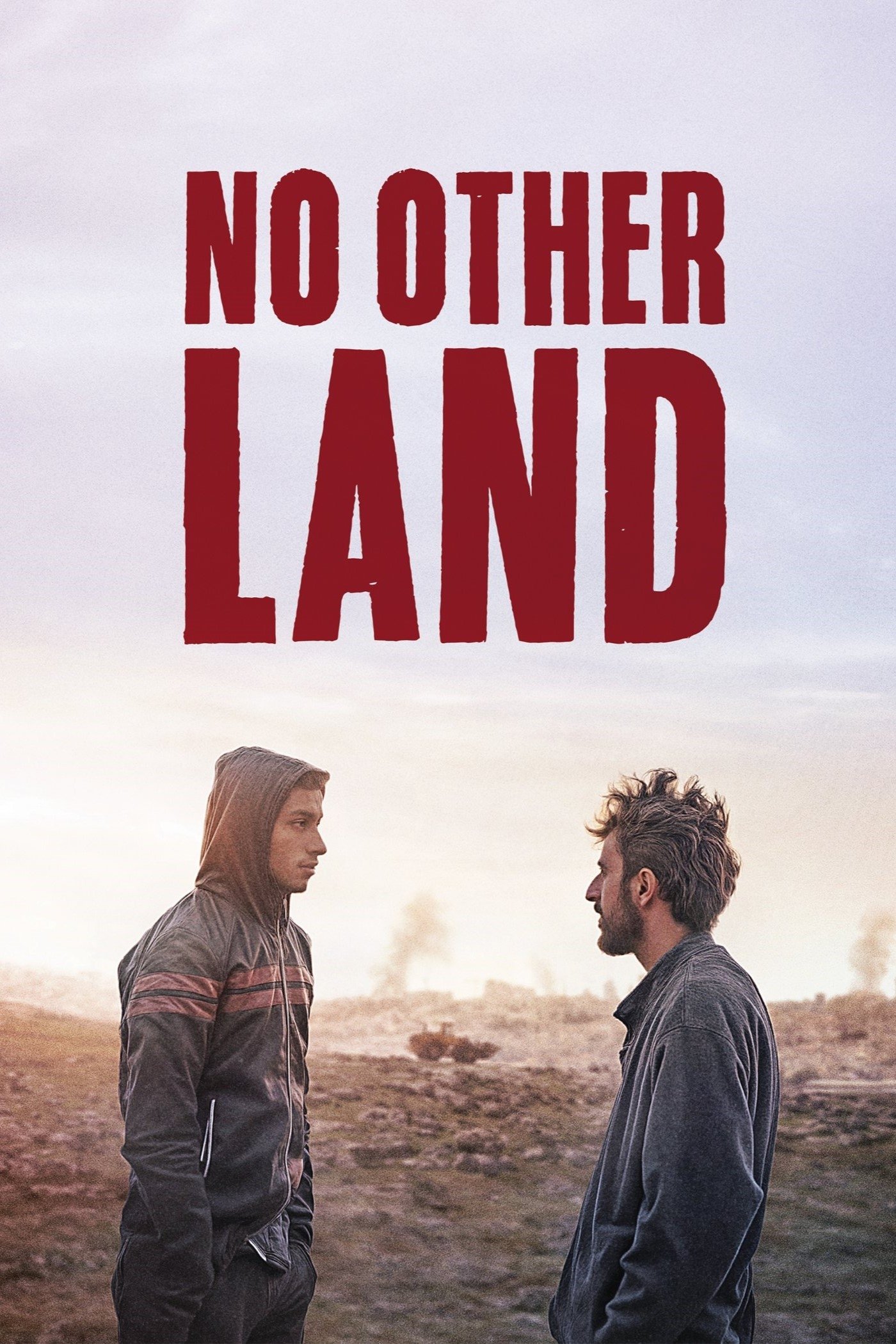
No Other Land
Released on: 2024-11-01
Documentary
This film made by a Palestinian-Israeli collective shows the destruction of the occupied West Bank's...

Dresden Story
Released on: 1954-01-01
Documentary
People are interviewed in Dresden, Ontario, to sample local attitudes towards racial discrimination ...